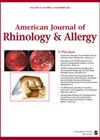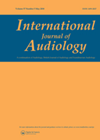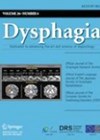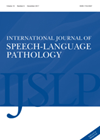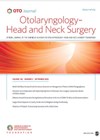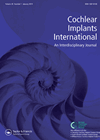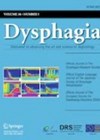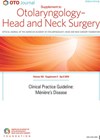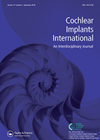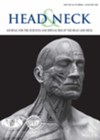
Journal Reviews
When to operate on a patient without chronic disease?
As ENT surgeons, we spend a lot of time managing chronic rhinosinusitis, so a review and update on the management of the acute disease is always helpful. The standard medical treatment of antibiotics, nasal steroids and nasal decongestants are reported...
Algorithms to diagnose NIHL
Finding an efficient diagnostic tool for noise-induced hearing loss (NIHL) has been of research interest for a long time. There are several algorithms that compare expected age-related deterioration of hearing with the actual audiogram. This study aimed to compare a...
Oesophageal atresia and trachea-oesophageal fistula: a perspective on dysphagia management from Turkey
Children born with oesophageal atresia with or without trachea-oesophageal fistula usually receive early surgical repair to create tension-free anastomosis that facilitates oral feeding. However, many children are at risk of problems related to subsequent dysphagia. This includes respiratory, nutritional, motility...
Risky behaviour: do care homes follow dysphagia recommendations?
A huge proportion of elderly people living in residential care homes will develop dysphagia. In Australia this is estimated at close to two thirds of all residents. It is the role of the speech and language therapist to make recommendations...
A therapeutic algorithm for tracheoesophageal periprosthetic leakage
Tracheoesophageal voice prosthesis leakage can be intravalvular (more common) or periprosthetic (focus of this study). The authors studied the causes of periprosthetic leakage among 115 patients attending for voice prosthesis management (1374 clinic attendances) treated between December 2014 to December...
The impact of bilateral implantation on language outcomes
An American study retrospectively looked at the language outcomes of 204 children implanted either bilaterally, sequentially or unilaterally. All children received their first implant before the age of three years, and language measures were collected when the children were aged...
Benign oesophageal strictures: overview and management strategies
Benign oesophageal strictures may have several attributable causes including caustic injuries, long-term acid reflux, eosinophilic oesophagitis, anastomotic strictures and endoscopic therapy. Endoscopic dilation via bougies or balloon dilators may treat most strictures successfully and satisfactorily. However, in some situations treatment...
Better or barrier: what do healthcare professionals think about teletherapy?
Most healthcare professionals will have had to dabble in using some kind of telehealth platform over the last 18 months or so. And most of us will have had some reservations, or have colleagues who just weren’t sure about Zoom,...
Treatment of internal carotid artery blowout with embolisation and bypass grafting (nasopharyngeal carcinoma)
Carotid artery blowout syndrome (CBS) occurs when there is rupture of the carotid artery causing massive epistaxis and bleeding through the oral cavity caused by tumour invasion, surgery, radiotherapy, or infection. This article proposes a revascularisation strategy for internal carotid...
Recording of electrode voltages (REVS) to determine extra-cochlear electrodes
Determining whether electrodes are sitting within the cochlea can be difficult as the checks run by the programming software cannot always determine this. In some cases, patients may be unable to give the audiologist detailed feedback which can complicate the...
Till death do us part: the role of the speech and language therapists in palliative care
Increasingly, speech and language therapists are being involved in end-of-life and palliative care. This study reports on a three-phase project to explore this in the context of the Australian healthcare system. In phase one, the authors described a scoping review...
Preventing major postoperative haemorrhage following TORS
Transoral robotic surgery (TORS) has become an increasingly utilised treatment modality in the management of oropharyngeal squamous cell carcinoma (OPSCC). Postoperative haemorrhage, although uncommon, is a significant complication. To ameliorate this risk, transcervical ligation of branches of the external carotid...

